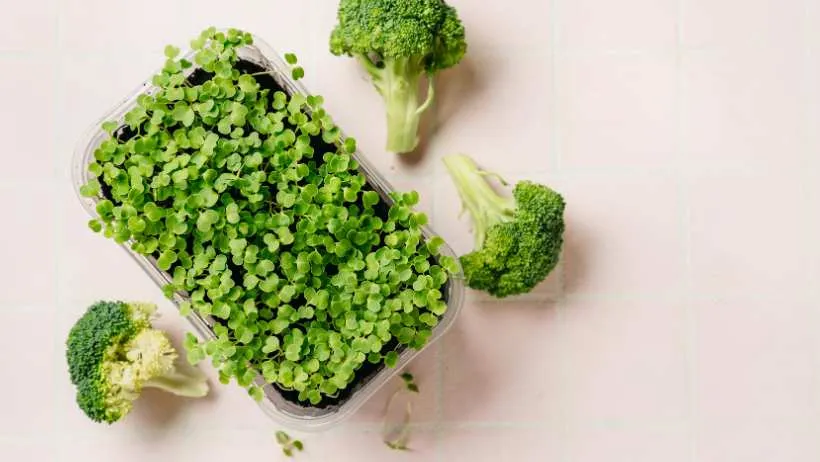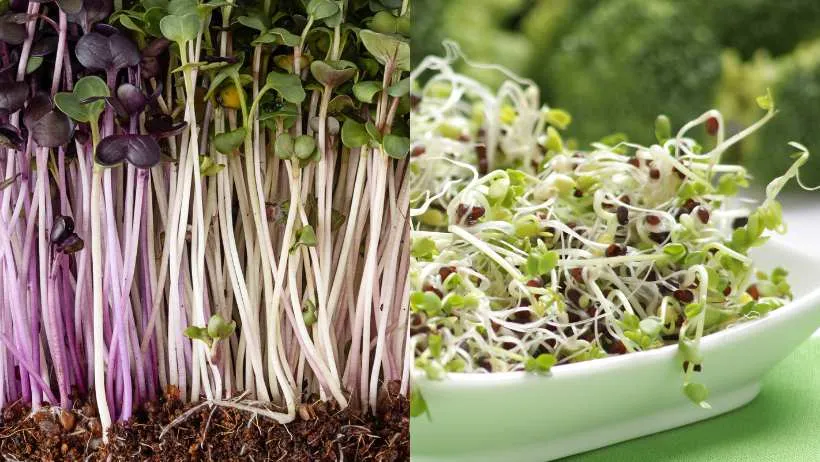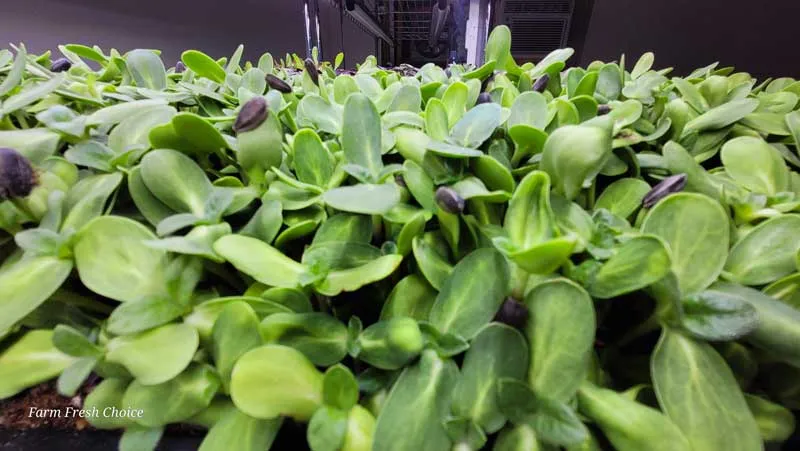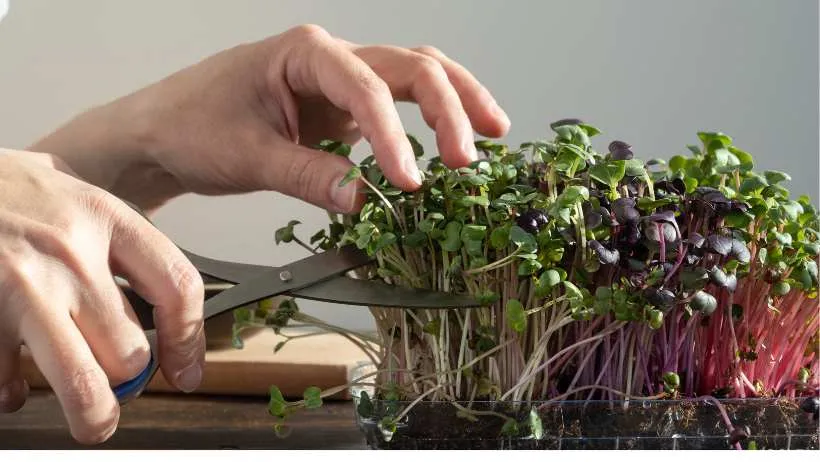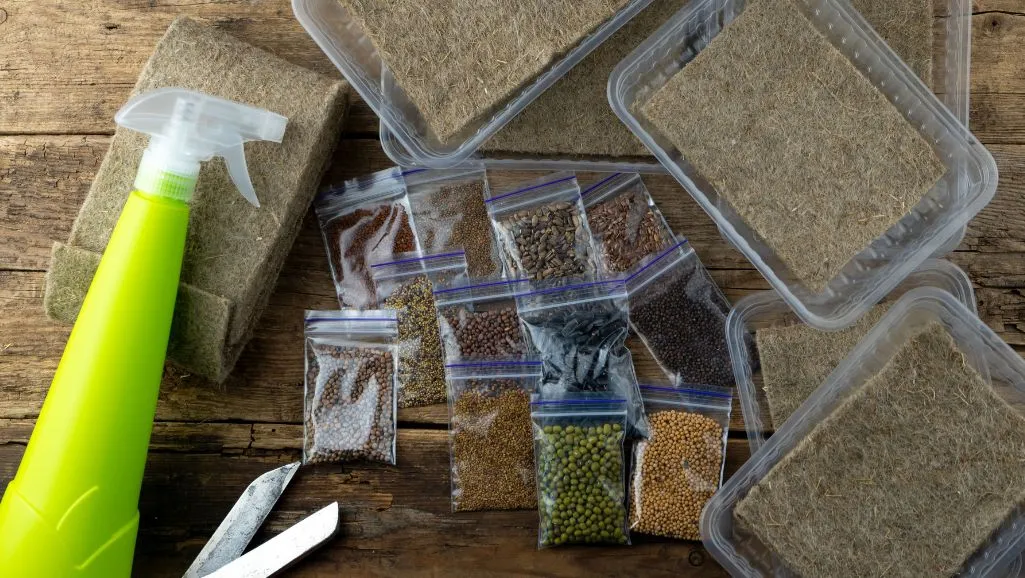Microgreens are marketed as nutrient-packed superfoods, but are they always safe to eat? While these tiny greens can contain up to 40 times more vitamins and antioxidants than mature plants, they also have risks if not grown or handled properly. Listeria, Salmonella, and E. coli are real concerns, especially when microgreens are consumed raw.
Unlike fully grown vegetables, their short growth cycle and dense planting conditions can create an environment for mold and bacteria to thrive. If stored incorrectly, they spoil quickly, becoming a potential hazard instead of a health boost.
Understanding how microgreens differ from sprouts, how contamination happens, and the best ways to handle them can help you enjoy their benefits without the risks. Here’s what you need to know.
Understanding Microgreens & Their Safety
Microgreens are young vegetables harvested just after the first leaves, called cotyledons, have developed. They are grown in soil or a soilless medium, typically in trays, and are ready for harvest within 7 to 21 days.
Unlike sprouts, which grow in water and are eaten whole, including roots, microgreens are cut above the soil line, reducing exposure to potential contaminants in the growing medium. Their small size and rapid growth make them popular for home growers and commercial farming.
These greens are considered immature plants, falling between sprouts and baby greens in their growth stage. Despite their size, they are packed with nutrients, often containing higher concentrations of vitamins, minerals, and antioxidants than their fully grown counterparts.
Studies have shown that microgreens can have up to 40 times the nutrient density of mature plants, depending on the variety. This makes them a valuable addition to a healthy diet. However, their safety depends on proper growing, harvesting, and storage practices, as their delicate nature can make them susceptible to contamination.
Are Microgreens a Potentially Hazardous Food?
Microgreens are generally considered safe but can be potentially hazardous if not grown, handled, or stored properly. One primary concern is bacterial contamination.
Since they are often consumed raw, there is no cooking process to kill harmful pathogens such as Listeria monocytogenes, Salmonella, and E. coli. Contamination can occur through contaminated seeds, unclean water, or improper handling during growth and harvest. If microgreens are grown in unsanitary conditions, the risk of bacterial growth increases, making them a potential source of foodborne illness.
Another issue is mold growth, which thrives in warm, humid environments—the same conditions that encourage microgreens to grow quickly. Overcrowding trays or poor air circulation can create excess moisture, developing mold. Some types of mold are harmless, but others can produce mycotoxins, which may cause allergic reactions or digestive issues if consumed. White fuzzy mold is common in microgreens but is often mistaken for root hairs. While root hairs are normal, any fuzzy or colored mold should be considered a contamination risk.
Disadvantages of Microgreens
Improper storage can also lead to safety concerns. The disadvantage of Microgreens is that they have a short shelf life and are highly perishable. Excess moisture can encourage bacterial and fungal growth if stored in airtight containers without proper ventilation. Additionally, if microgreens become slimy, discolored, or develop an off smell, they should be discarded immediately.
The choice of growing medium can also introduce contaminants. Some commercial potting mixes may contain harmful bacteria if not properly sterilized. Using organic compost or untreated manure can increase the risk of introducing pathogens. Hydroponic growing systems reduce soil-related risks but still require clean water and sanitized equipment to prevent contamination.
While microgreens are not as high-risk as sprouts, they still require careful hygiene and storage to minimize potential health risks.
Are Microgreens Safer than Sprouts?
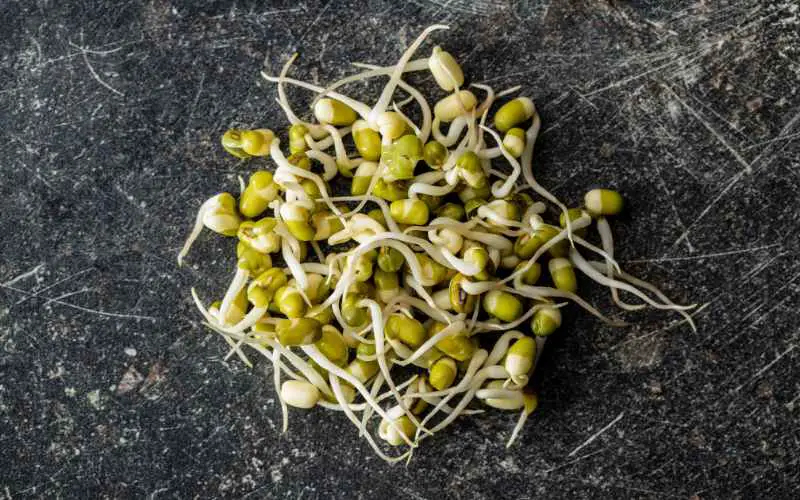
Microgreens and sprouts are often confused, but they have key differences in how they are grown and their associated food safety risks. Sprouts are grown in water and consumed whole, including their roots, while microgreens are grown in soil or a growing medium, and only the stems and leaves are eaten.
Because sprouts grow in a consistently damp environment with limited airflow, they create ideal conditions for bacterial growth. This is why sprouts have been linked to multiple E. coli and Salmonella outbreaks, making them a higher-risk food than microgreens.
Microgreens, conversely, are less likely to harbor bacteria since they are grown in open-air conditions with better airflow and harvested above the soil. However, they are not completely risk-free. If microgreens are not washed properly or are stored in damp conditions, they can still become contaminated.
The risk levels differ significantly between microgreens and bean sprouts. Like other sprouts, beans require high humidity and warmth to grow, creating the perfect environment for bacteria to multiply.
This is why health officials often advise pregnant women, young children, and individuals with weakened immune systems to avoid raw sprouts. Microgreens do not require the same humid conditions, reducing bacterial risk. However, they can still pose health concerns if not grown or handled safely.
How to Safely Eat Microgreens

Proper cleaning and storage of microgreens are essential to reduce the risk of contamination. Before eating, rinse them thoroughly under cool running water. A gentle swish in a bowl of clean water can help remove dirt and any lingering bacteria. Some people use a diluted vinegar solution (one part vinegar to three parts water) as an extra precaution, followed by a clean water rinse to remove any vinegar taste. A salad spinner or paper towels can help dry them before storage.
Microgreens should be stored in a breathable container in the refrigerator, ideally between 35–40°F (1–4°C). A paper towel inside the container can absorb excess moisture and help keep them fresh longer. Sealing microgreens in airtight plastic bags without airflow can cause them to spoil quickly due to trapped humidity. They should be discarded if they look slimy, wilted, or smell off.
Is it Safe to Grow Microgreens in Plastic Containers?
Growing microgreens in plastic containers is common, but the type of plastic matters. Food-grade plastic is safest to prevent potential chemical leaching, especially if the container is reused multiple times. Some growers prefer glass or stainless steel trays for added safety. Regardless of the container, proper cleaning and sanitization between uses are important to prevent bacterial buildup.
Wilted microgreens are not necessarily unsafe but may have lost their texture and some nutrients. They can still be used in smoothies, soups, or stir-fries if they are slightly limp but not slimy or discolored. However, if they show signs of mold or decay, it is best to discard them. Proper handling from growth to consumption ensures that microgreens remain a nutritious and safe meal addition.
Some Health Facts About Microgreens
Microgreens are packed with vitamins, minerals, and antioxidants, making them a nutrient-dense addition to meals. Studies have shown that certain microgreens, such as red cabbage, cilantro, and radish, can contain significantly higher levels of vitamins C, E, and K compared to their fully grown counterparts.
They are also rich in polyphenols and carotenoids, compounds known for their anti-inflammatory and disease-fighting properties. Because they are harvested at an early growth stage, their nutrient concentration is often much higher per gram than mature vegetables.
Microgreens generally have a superior nutritional profile to lettuce and other leafy greens. For example, red cabbage microgreens have been found to contain up to 40 times more vitamin E and six times more vitamin C than mature red cabbage.
Similarly, broccoli microgreens are especially high in sulforaphane, a compound linked to cancer prevention and improved heart health. This makes microgreens an excellent way to increase nutrient intake without consuming large amounts of food.
Inflammation and Probiotic in Microgreens?
In addition to their vitamin and antioxidant content, some microgreens have probiotic properties. Certain varieties like radish and mustard may support gut health by promoting beneficial bacteria. Their anti-inflammatory effects may also help reduce the risk of chronic diseases like heart disease and diabetes.
However, while microgreens are highly nutritious, eating excessive amounts could lead to digestive discomfort due to their high fiber content. Some varieties, like beet microgreens, contain oxalates, which can contribute to kidney stone formation in susceptible individuals. Moderation and variety in consumption ensure the best health benefits without unwanted side effects.
FAQ
Can You Eat Too Much Microgreens?
Consuming microgreens in large quantities may lead to excessive intake of certain nutrients, such as vitamin K, which can affect blood clotting, or high levels of oxalates in varieties like spinach, which can potentially contribute to kidney stones. A balanced diet with moderation in microgreen consumption is recommended.
Are Microgreens Healthier than Lettuce?
Microgreens generally contain higher concentrations of vitamins, minerals, and antioxidants than mature lettuce. Studies show they can have up to 40 times more nutrients per gram. However, lettuce provides hydration and fiber with a milder nutrient profile, making both valuable depending on dietary needs.
Can I Eat Wilted Microgreens?
Wilted microgreens are safe to eat if they show no signs of mold, slime, or a foul odor. However, their nutrient content and texture may be compromised. Reviving them in cold water can help restore crispness. If spoilage is evident, discarding them is the best option.
Are Microgreens Healthier than Mature Plants?
Microgreens often contain higher concentrations of vitamins, minerals, and antioxidants than their mature counterparts. Studies indicate they can have up to 40 times more nutrients per gram. However, mature plants provide more fiber and volume, making both beneficial depending on dietary goals.
Are Home Grown Microgreens Safe?
Homegrown microgreens are generally safe, using fresh seeds, sanitized trays, and potable water. Proper ventilation and hygiene prevent mold and bacterial growth. Avoid contaminated soil or untreated manure. Regularly clean equipment and harvest with washed hands or gloves to maintain food safety standards

